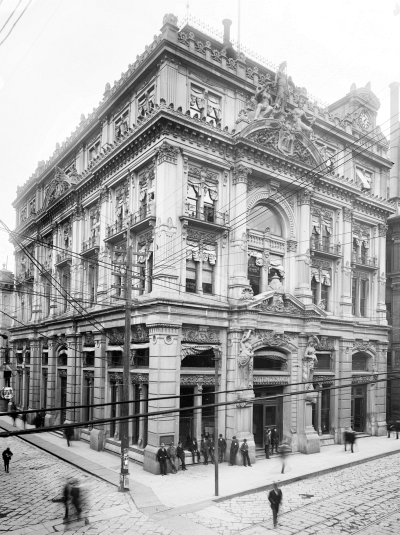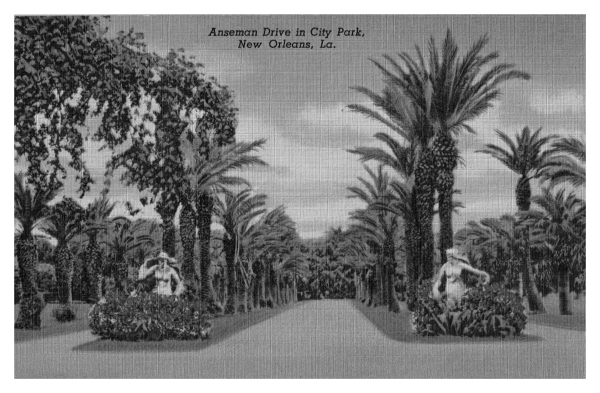|
Today in New Orleans History |
|
|
September 12


 To receive an update for each day in New Orleans history,
join our facebook page - Today in New
Orleans History.
In 1967 AL Hirt became one of 18 minority owners (Hirt had 2.5%) of our brand new NFL expansion
team, the New Orleans Saints. He is pictured on September 12 1967 playing to Gumbo, the Saints' mascot, at
a Jung Hotel luncheon for coaches and players before the kickoff of the first season. Gumbo had been a gift to the team
by the Louisiana Restaurant Association. Hirt was the musical director for the Saints and played the National Anthem at the
first season game, five days later on on September 17. Hirt became a fixture at Saints games,playing his horn for fans
as often as possible. Gumbo's descendant, Gumbo IV was fired in November 1985, now replaced by a human dressed in a St. Bernard
costume. The photograph is by J.W. Guillot/Times-Picayune archives.  To receive an update for each day in New Orleans
history, join our facebook page
- Today in New Orleans History
The Arcade mentioned in the Maison Blanche article above, as advertised
in the March 1, 1908 Daily Picayune.
The Pizzati Gate erected in 1910 is one of the the oldest structures in the Park. It
is located at was the main entrance at Alexander Street and City Park Avenue. Donated by Steamboat Captain Salvatore Pizzati
the gate as rededicated on October 25, 2001 in memory of Edgar A. Luminais, an original member of the Board of Commissioners.
The gas-lit ornate cast-iron Belknap Fountain (left of center) was built in 1870 by Jackson Ogden Belknap who used it primarily
as an advertising stand on the neutral ground of Canal Street until it was donated to the park. The bridge was named
in honor of Victor Anseman, the "Father of City Park". In
1904 Mother Cabrini, having heard of his generosity, called upon him to build an asylum and school for orphans to be run by
her the Missionary Sisters of the Sacred Heart. The order bought property on Esplanade Avenue near Bayou St. John on
the site of the Srickler Seed Company for $18,000 and the Pizzati donated $75,000 for the construction of the school, convent,
and apartments for the ophans. Mother Cabrini said, "I learned that Captain Pizzati and his wife always work in
concert. It was Mr. Pizzati who inspired the gift of St. Joseph's new school...Now it is Captain Pizatti himself who
conceives the thought of this orpanage and industrial school". Born on September 12, 1839 in Palermo, Sicily,
he came to the United States in 1808 as a skilled boat master. He began working in association with Captain Grande on schooners
trevelling between Spanish Honuras and New Orleans -- he was the first steamship captain to bring bananas into the United
States. He was an admiral in the Honduran navy and commodore of the Oteri-Pizzati Steamship Company which, when sold
to United Fruit Company in 1899, included ten ships, plantations, and plants. He was a director of Whitney Central Bank and
Interstate Bank and owner of Columbian Brewery and Southern Insurance Company. He owned three plantations in Buras,
one named for him where he cultivated 14,000 orange trees. Pizzati was honored by many, Pope Pius X who bestowed upon
him The Great Cross (Chevalier de Papa) in recognition of his charitable works. He was a commandotore of the King of
Italy, an admiral in the Honduran navy, a colonel of the staff of Governor J. Y. Sanders, and a special officer of the New
Orleans Pollice force (his obituray stated that he knew and was known by all of the local officers). The City Park gate
was his last public donation before his death on Thursday, December 30, 1915. He was survived by his wife Frances Vallenzano
and adopted son Marco Antonio Pizzati at 2502 Canal Street. The Pizzati gate was rededicated in 2001 in honor Edgar
Alphonse Luminais, one of the original Lower City Park commissioners (Audubon Park was then called "Upper City Park"
and City Park wass the "Lower City Park"). Luminais was on the board in 1891 when the bylaws were drafted for the
City Park Improvement Association which officially changed the name and acquired control of the park from the City of New
Orleans. He served alongside Victor Anseman, the "Father of City Park" (who was given a $40 salary as the park's
keeper). During his time as a commissioner when the park was largely undeveloped, Luminais oversaw the construction
of a fence in the front of the park, the addition of over 50 iron benches, an octagon-shaped dance pavilion, a ladies rest
area near the gate, a mens rest area near Bayou Metaire, a foot bridge across the bayou, the addition of 50,000 orange, lemon,
and fruit trees as a source of revenue, entertainment for the same purpose, the addition of cattle pasturing in the rear for
a fee, a prohibition against shooting and trapping in the park, and a long-range plan for improvement. During the 1920s visitors entering the Pizzati Gate would be greeted by these one-hundred year-old bare-breasted ladies
(left) on Anseman Avenue. They had originally hovered high above the main entrance to the New Orleans Cotton Exchange building
(above) which was built in 1823 but being readied for demolition in 1920. They were acquired by the park along with the granite
caryatids which flanked the exchange's door and the standing figure between the two ladies in the photograph. Their tenure
in the park was brief – some citizens were outraged. The ladies went on to reside at Metairie Cemetery and the caryatids
can still be seen near the cemeteries on City Park Avenue. The fate of the top center figure is unknown. Photos
from the Louisiana Digital Library. Text from New Orleans City Park (Images of America) by Catherine Campanella |
|
|

To receive an update for each day in New Orleans history,
join our facebook page - Today in New
Orleans History.
Analytics |
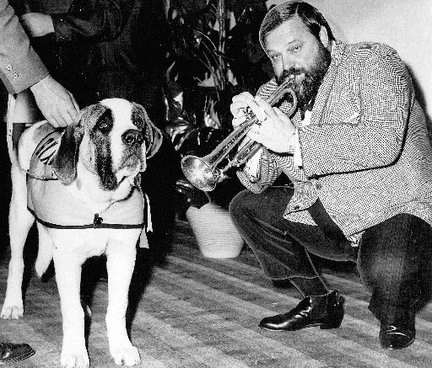
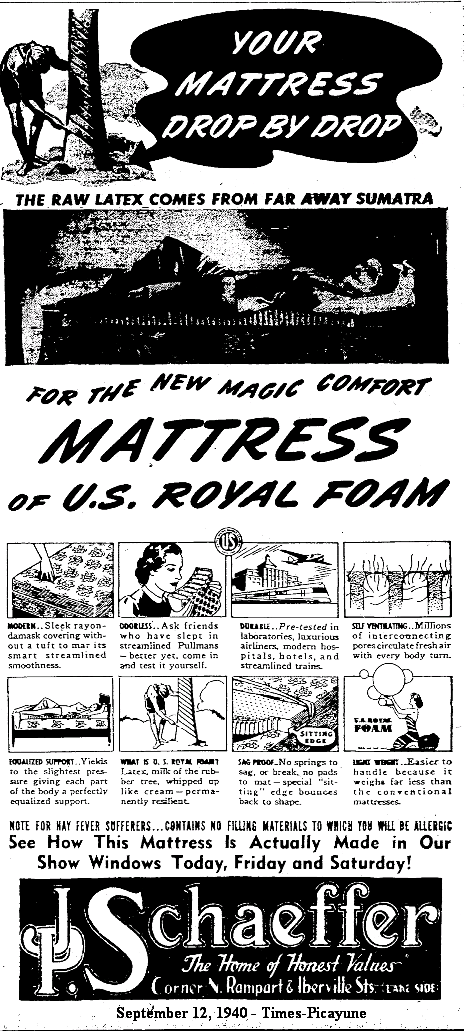
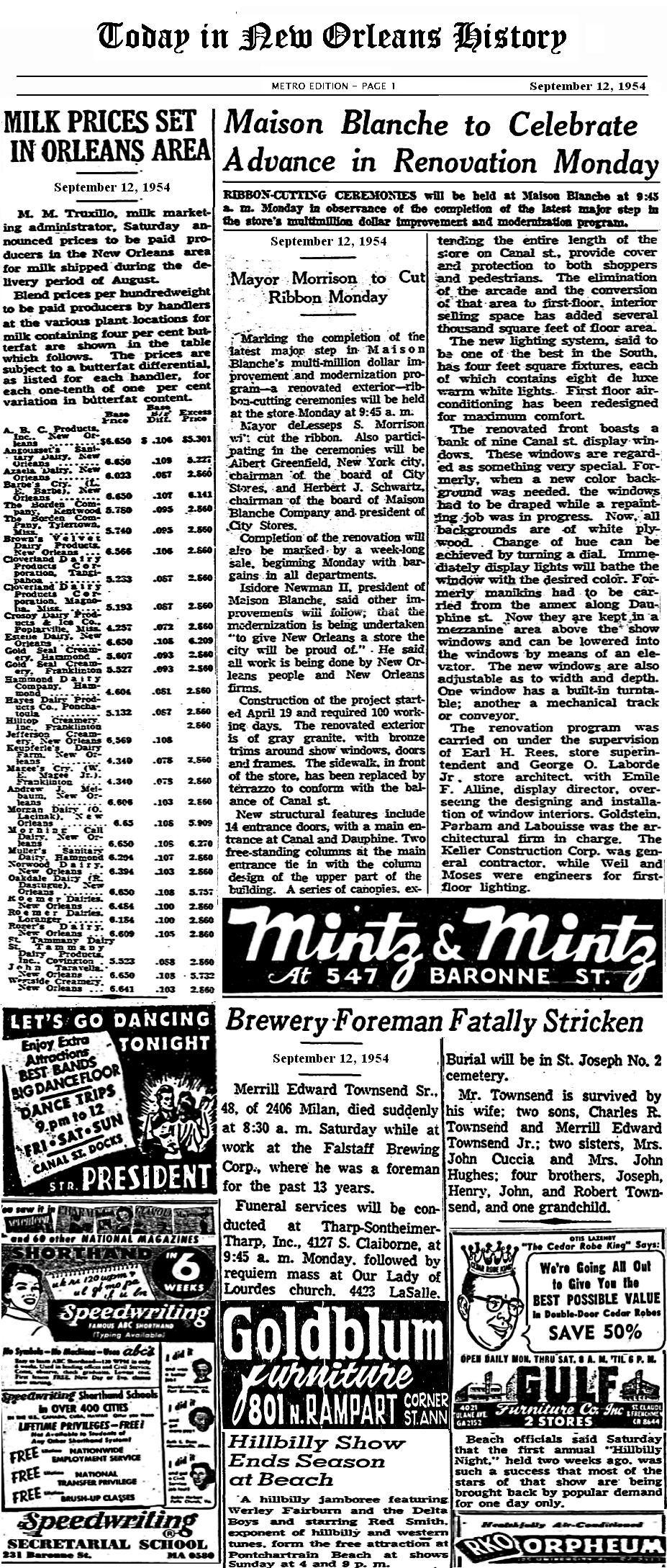
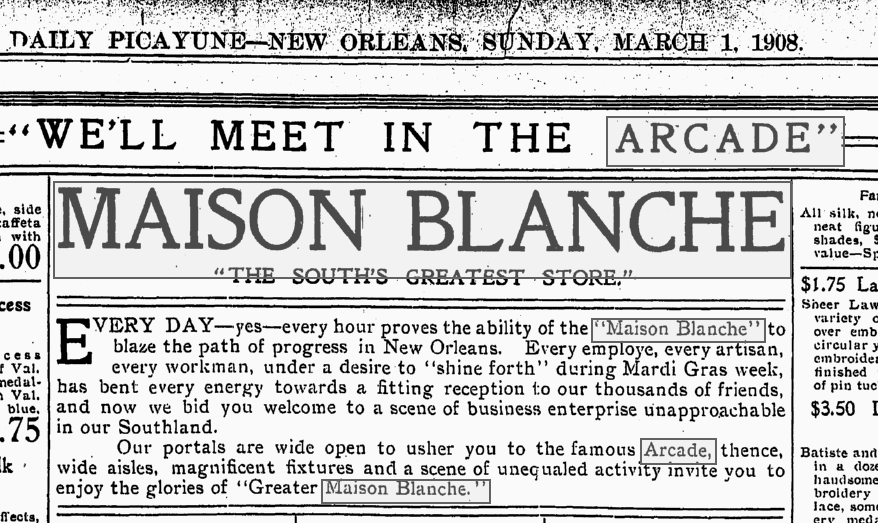
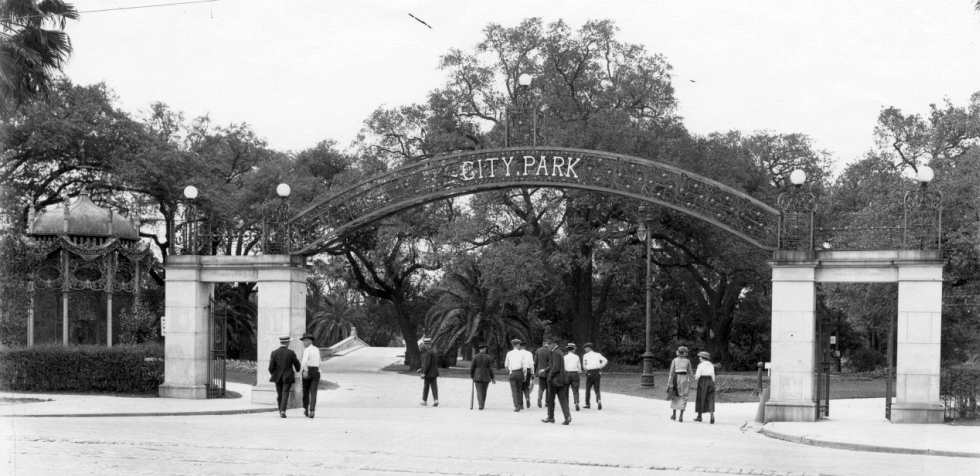
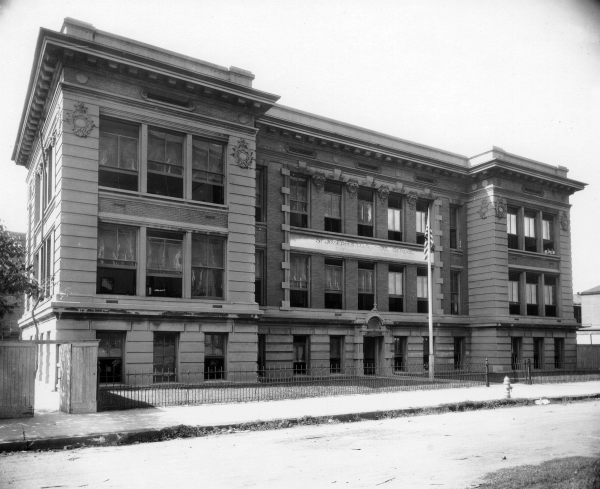 In 1903, the benefactor of this beautiful gate presented a plan for the construction of Saint Joseph's Parochial School at
417 South Roman Street (right), along with the $70,000 cost to build it -- the largest donation to Catholic education yet
in the South. Speaking of his wife and himself, Pizzati said, "We have no children. God has blessed us abundantly.
Let us do for the children of others. Together we make this gift". The school opened in 1904, able to accommodate
800 students. His name “Captain Salvatore Pizzati" was inscribed in stone above the main entrance.
In 1903, the benefactor of this beautiful gate presented a plan for the construction of Saint Joseph's Parochial School at
417 South Roman Street (right), along with the $70,000 cost to build it -- the largest donation to Catholic education yet
in the South. Speaking of his wife and himself, Pizzati said, "We have no children. God has blessed us abundantly.
Let us do for the children of others. Together we make this gift". The school opened in 1904, able to accommodate
800 students. His name “Captain Salvatore Pizzati" was inscribed in stone above the main entrance. 